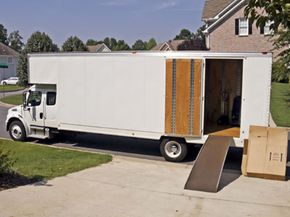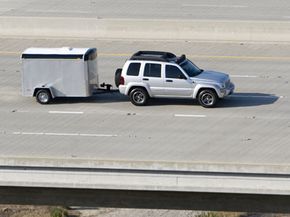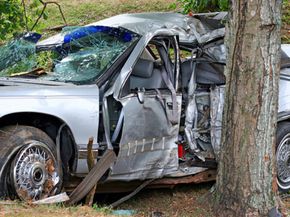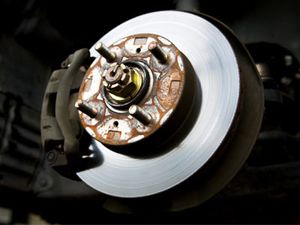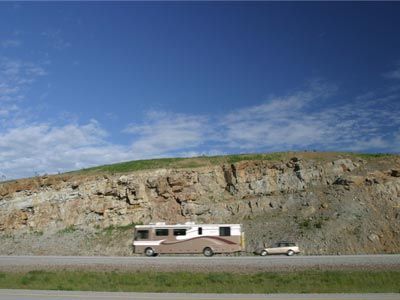You finally got that dream job and you can't wait to blow this pop stand. You've kissed your old life goodbye -- told off everyone who's ever annoyed you, delivered a lengthy and tearful farewell address at your neighborhood Laundromat and had your mail forwarded. Everything you own is safely packed away in boxes and the movers have just headed out on their way to your new home halfway across the country. All that's left is to tow your car with your other car. Your significant other's already flown out to your new hometown, so it's up to you to take the wheel and get both of your cars safely to your new place.
Driving with a car in tow is a lot different than driving unfettered. Luckily you realized this early on and had the foresight to practice making turns and backing up in the local high school parking lot for weeks before your big move. You've also installed tow mirrors to give you a better view of the road behind you. You're prepared, but there are a few more things you'll want to take care of, though. Don't worry; it's nothing that a few minutes on the Internet can't fix.
Advertisement
It's a good idea to familiarize yourself with the dimensions of your towing equipment and cargo. Calculate the combined height and width of the lead and towed vehicles (or the trailer, if you've got one) and the gross combination weight rating -- which is the total weight of both vehicles (any trailer you may have, the fuel tanks, the passengers, the whole shebang). This knowledge will help guide you as you go on to explore the different state guidelines that restrict and regulate towing.
Read the next page to familiarize yourself with state towing regulations. Once you're done with that, we'll give you a few hints to make sure you're properly covered by your insurance company to protect yourself in case you need to make a claim.
Advertisement
